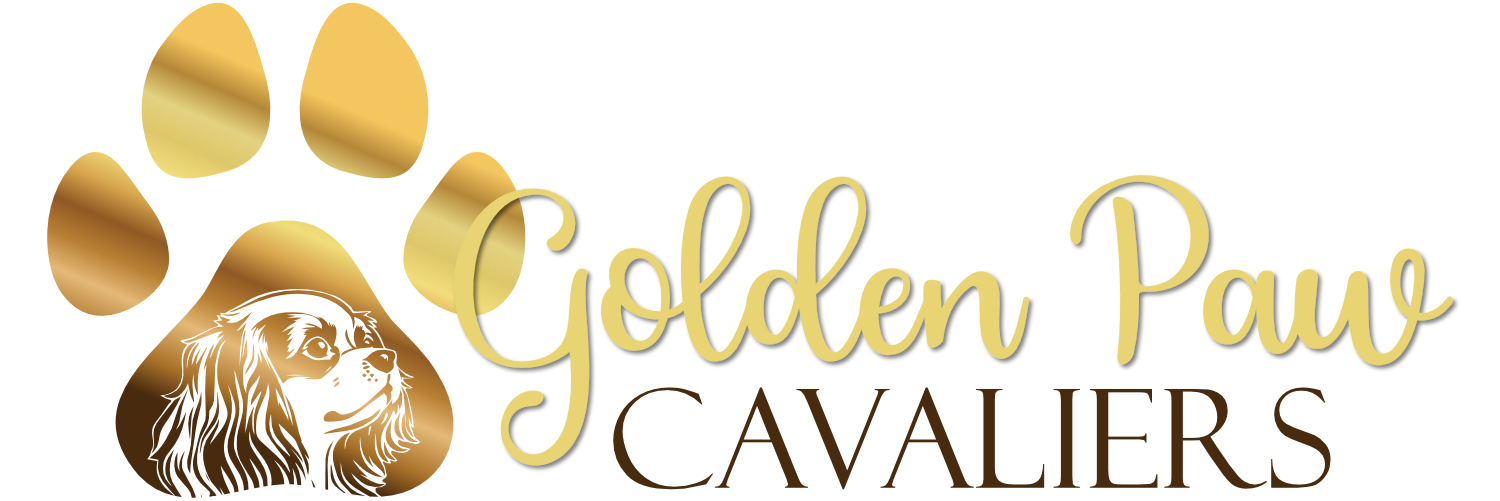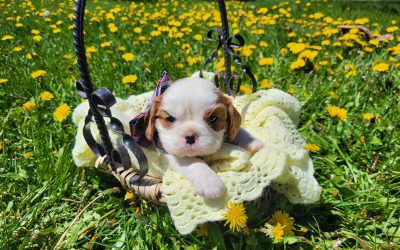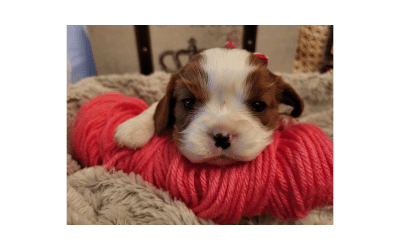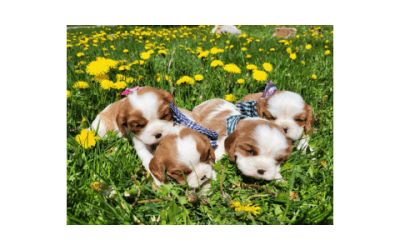Bringing home a Cavalier King Charles Spaniel puppy is the start of a heartwarming journey filled with cuddles, companionship, and cherished memories. Known for their affectionate personalities, Cavalier puppies are intelligent, eager to please, and thrive on human connection. But like all dogs, they do best with consistent, thoughtful training—right from the start.
In this blog, we’ll walk you through the essential training needs of Cavalier puppies, how to approach each stage with kindness and clarity, and why early socialization sets the stage for a confident, happy adult dog. Whether you’re a first-time pet parent or adding another furry member to your family, this guide is designed to help you raise a well-behaved, well-loved Cavalier.
Why Training Matters for Cavalier Puppies
Cavalier King Charles Spaniels are naturally sweet-tempered and people-oriented, but that doesn’t mean training is optional. Training creates structure, builds confidence, and deepens the bond between you and your pup. When done right, it can even be fun!
Without clear boundaries and positive reinforcement, even the most loving Cavalier can develop undesirable habits. Consistency helps them understand expectations, while rewards-based training nurtures trust and cooperation.
1. Start With Socialization
Socialization is one of the most critical parts of early training. Between 8 and 16 weeks, Cavalier puppies are highly receptive to new experiences. This window is your opportunity to gently expose them to:
-
Different people (including children and seniors)
-
New environments (parks, pet stores, car rides)
-
Household sounds (vacuums, doorbells, blenders)
-
Other friendly dogs and pets
Positive experiences during this time help prevent fear-based behaviors later in life. Bring treats, stay upbeat, and go at your puppy’s pace. The goal is to show your Cavalier that the world is a safe and exciting place.
2. House Training: Patience is Key
Cavalier puppies are typically easy to house train, but every puppy learns at their own speed. Most will begin to understand housebreaking between 12 and 16 weeks of age, though consistency is vital.
Tips for success:
-
Create a schedule: Take your puppy out first thing in the morning, after meals, naps, and playtime, and before bed.
-
Choose a potty spot: Use the same outdoor area so your pup associates it with the behavior.
-
Praise immediately: Give verbal praise or a small treat the moment they finish.
-
Limit freedom: Until they’re reliable, use crates or gated areas when you can’t supervise.
Avoid punishment—accidents are part of the process. Instead, clean up thoroughly and stay consistent with the routine.
3. Crate Training: Creating a Safe Den
Crate training is incredibly helpful for Cavalier puppies. Not only does it support house training, but it provides a cozy, secure space for naps and quiet time. Cavaliers are naturally den animals and often come to love their crate if introduced correctly.
How to make crate training positive:
-
Use soft bedding and a favorite toy.
-
Keep the door open at first, allowing your pup to explore.
-
Feed meals in the crate to build a positive association.
-
Never use the crate as punishment.
Start with short intervals, gradually increasing the time. Your puppy should always associate the crate with rest and safety, never isolation.
4. Basic Obedience Training
Obedience training helps your Cavalier puppy become a polite member of your household. Because Cavaliers are intelligent and eager to please, they respond beautifully to positive reinforcement methods.
Essential commands to start with:
-
Sit
-
Stay
-
Come
-
Leave it
-
Down
-
Heel (or polite leash walking)
Short, fun training sessions (5–10 minutes) once or twice a day work best. Use treats, toys, and praise to reward desired behaviors. Avoid harsh corrections—Cavaliers are sensitive and may become fearful with negative training methods.
Professional puppy classes are also a wonderful option. Not only do they support obedience, but they also give your pup more socialization opportunities.
5. Leash Training: A Gentle Approach
Although small, Cavalier puppies benefit greatly from structured leash walks. Introduce your puppy to a soft, adjustable harness and lightweight leash early on, even before they go for their first real walk.
Start indoors, rewarding them for walking beside you without pulling. As they gain confidence, transition to your backyard or a quiet sidewalk. Avoid retractable leashes—Cavaliers need consistency and gentle guidance to understand how to walk calmly on a leash.
Make walks enjoyable, and always give plenty of sniff breaks—your pup’s nose is one of their favorite ways to explore!
6. Preventing Separation Anxiety
Because Cavalier King Charles Spaniels are so people-focused, they are more prone to developing separation anxiety than some other breeds. That’s why it’s important to help your puppy become comfortable with short periods alone, even if you’re home often.
How to support independence:
-
Start with short absences, gradually increasing the time.
-
Leave a chew toy or treat-dispensing puzzle to keep them occupied.
-
Keep comings and goings calm to avoid dramatic reactions.
-
Avoid punishing barking or whining—instead, reward calm behavior.
Early training helps your puppy feel secure whether you’re home or away, reducing stress for both of you.
7. Handling and Grooming Training
Your Cavalier puppy will need regular brushing, nail trims, ear checks, and dental care—so it’s essential to help them feel comfortable being handled. Start from day one with gentle, calm interactions.
Practice:
-
Brushing their ears and tail (2–3 times a week to prevent tangles)
-
Touching their paws and trimming nails (use a nail grinder or trimmer carefully)
-
Looking in their ears and brushing their teeth (daily if possible)
-
Gentle baths with dog-safe shampoo (about once a month)
Pair grooming with treats, praise, and patience. When your puppy associates grooming with positive attention, it becomes a bonding experience rather than a struggle.
8. Continuing Education: Beyond the Basics
Even after your Cavalier puppy masters basic training, there’s always more to learn! These dogs often enjoy advanced obedience, agility, trick training, or even therapy dog work thanks to their friendly, trainable nature.
Enriching your dog’s mind keeps them happy and engaged. Even simple puzzle toys or learning a new trick every few weeks can make a big difference.
Training as a Lifelong Bond
Training your Cavalier puppy is less about strict rules and more about nurturing a lifelong bond built on trust, respect, and joy. These sweet dogs don’t need harsh methods or intense discipline—they thrive in homes that offer guidance with love and consistency.
At Golden Paw Cavaliers, we believe that the training journey is one of the most rewarding parts of raising a Cavalier. When you invest in teaching your puppy, you’re not just creating a well-mannered dog—you’re deepening the connection with your new best friend.
Thinking about adding a Cavalier puppy to your home?
Learn more about our puppies, and Guardian Program. We’d love to help you begin your journey with one of these remarkable little dogs.



